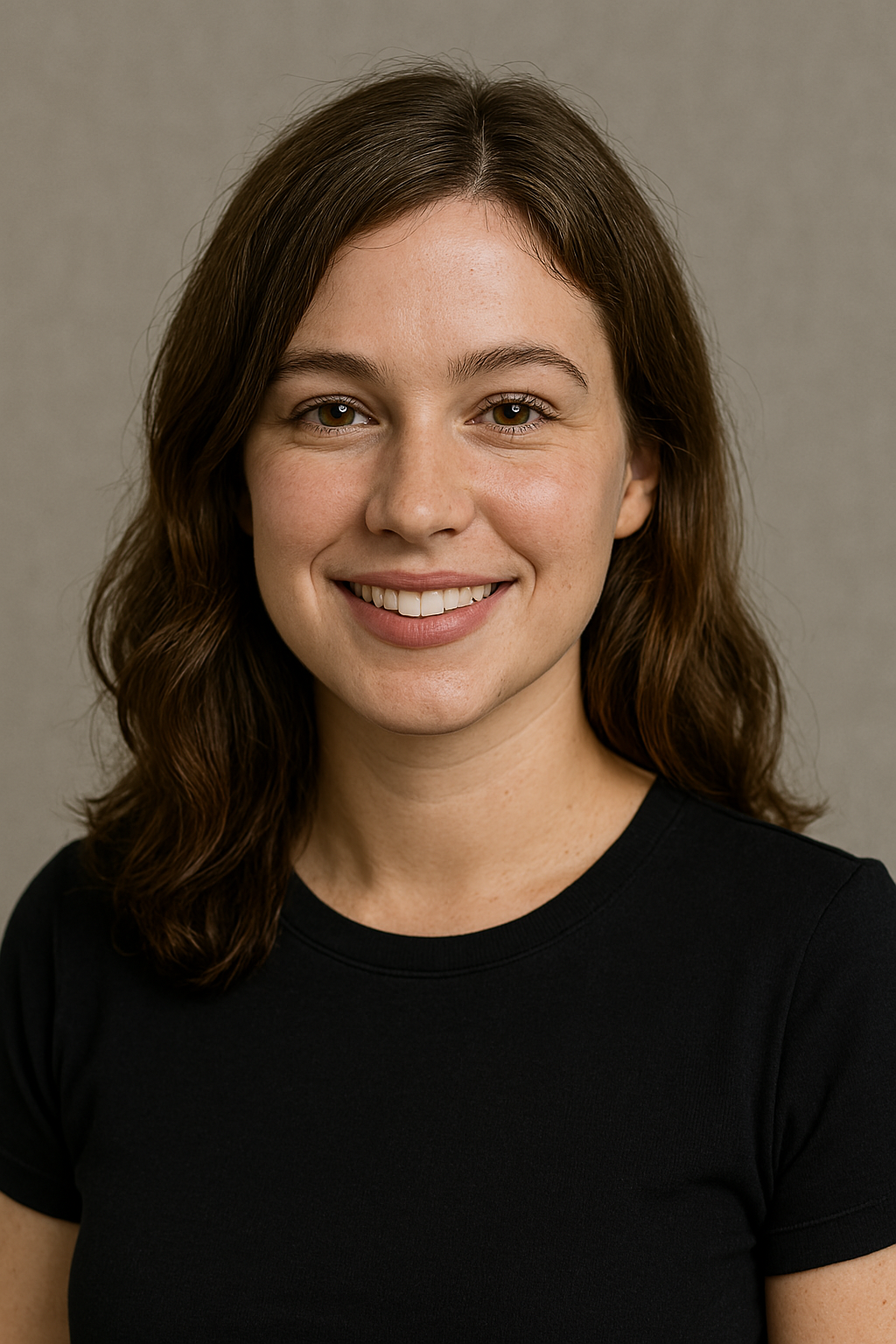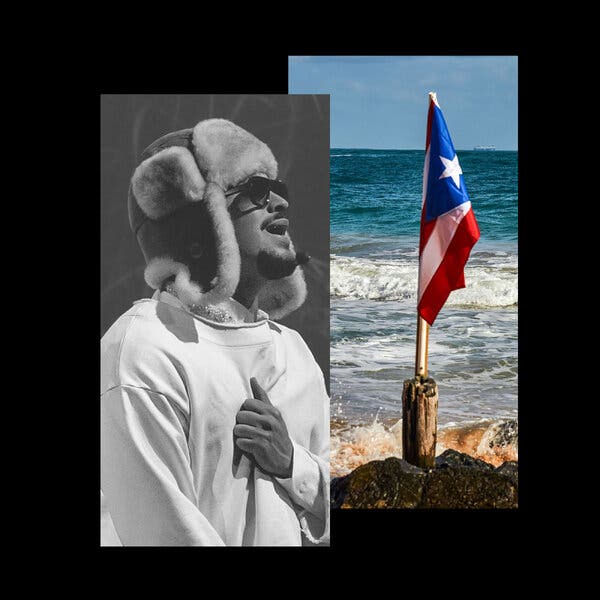On July 11, Bad Bunny launched a three-month residency at Puerto Rico's Coliseo de Puerto Rico. The initial nine concerts were exclusively for local residents, but starting this weekend, tickets opened to the global public, drawing hundreds of thousands of visitors to the island. Such an extensive residency is typically seen in entertainment hubs like Las Vegas, not in a U.S. territory grappling with economic hardship, natural disasters, and political instability. Yet, this contrast underscores the significance of the event.
This summer’s series of performances in San Juan transcends typical concerts. It symbolizes a steadfast message: success does not require abandoning one’s homeland. Puerto Rico proves that it can flourish without sacrificing its environment or relying on tax incentives for outsiders, instead nurturing its most valuable asset—its vibrant cultural spirit.
Known affectionately at home as Benito, Bad Bunny rose to international prominence in 2016—the same year a federally imposed fiscal control board took over Puerto Rico’s finances. His music has become a voice for the island’s collective trauma and resilience, echoing throughout crises such as hurricanes, earthquakes, widespread blackouts, mass protests that led to a governor’s resignation, and the emergence of new political movements.
At just 31, he has become a global ambassador for Puerto Rico, highlighting its struggles and cultural richness. Despite the heavy expectations, he carries this role with a charismatic edge true to his stage name. His Spanish-language lyrics fuse the realities of colonialism, corruption, infrastructure failures, and displacement with heartfelt themes of love, lust, and community, crafting a distinctive form of protest music that mourns, celebrates, and moves listeners simultaneously.
His newest album, "Debí Tomar Más Fotos" ("I Should Have Taken More Pictures"), serves as both a love letter and a lament for a Puerto Rico slipping away—betrayed by political leaders, displaced by luxury developments, and transformed by outside investment, Airbnbs, and cryptocurrency ventures marketed as paradise for outsiders.
The album and accompanying concert series, "No Me Quiero Ir de Aquí" ("I Don’t Want to Leave Here"), express a profound desire to remain and build a future on the island, coupled with the fear that such a future may be slipping out of reach. The message resonates widely; on social media, audiences from Cuba to Gaza share clips of the title track alongside images of homelands they were forced to abandon. This reflects a shared yearning—not only for what was lost but also for the possibilities that might have been. Puerto Ricans, like many others, face the painful choice between staying to fight or leaving and risking permanent exile.
My own experience mirrors this dilemma. After leaving Puerto Rico in the 1990s for graduate studies, I intended to return and contribute locally. However, the 2015 debt crisis and subsequent austerity measures devastated the university I had hoped to join, turning my brief departure into an indefinite exile.
Today, a new generation is asserting its right to remain. In response to austerity and disasters like Hurricane María, Puerto Ricans have embraced self-management initiatives: installing solar microgrids, reclaiming abandoned schools, launching food sovereignty projects, and developing social enterprises aimed at reversing brain drain and fostering pathways back home.
Bad Bunny’s residency is emblematic of this broader movement. Unlike previous artists who sought fame by appealing primarily to U.S. markets, he has declared a U.S. tour "unnecessary," focusing instead on strengthening local infrastructure around his Puerto Rico concerts before expanding internationally. Each night, approximately 18,000 attendees fill the stadium, with an estimated half a million expected by residency’s end in September. Economic forecasts suggest the residency could inject more than $200 million into Puerto Rico’s economy, potentially raising the island’s GDP by 0.15 percentage points and prompting a more optimistic outlook from economic analysts.
The first nine concerts prioritized local audiences, with tickets sold predominantly at agricultural markets across the island. Around 80,000 tickets were snapped up within eight hours.
International fans awaited the general online sale, often paying premium prices bundled with hotel accommodations. This approach encourages tourism to traditional hotels over Airbnbs and aims to sustain high occupancy during the summer off-season.
Efforts to distribute economic benefits beyond San Juan include cultural tours and events in other parts of Puerto Rico. In Bad Bunny’s hometown of Vega Baja, visitors can explore the supermarket where he once bagged groceries and the church where he served as an altar boy.
I attended one of the opening weekend shows, courtesy of a friend who patiently waited six hours in line to secure tickets. Outside the venue, vendors sold handmade crafts and traditional snacks, while locals engaged in pica de caballos, a regional game of chance. Fans donned elaborate outfits inspired by traditional garments—layered peasant skirts, guayaberas, and pavas—symbols once associated with rural poverty, now proudly reclaimed as emblems of cultural identity by Bad Bunny. Among the crowd, I spotted a teenager wearing rubber boots typical of coffee pickers.
The atmosphere resembled a family reunion. Grandparents sang along, occasionally blushing at risqué lyrics. The concerts also serve as gathering points for the diaspora: friends and relatives from across the world have flown in, some bringing second-generation Puerto Ricans to experience the island for the first time.
Nevertheless, the residency confronts a complex contradiction. It critiques tourism-driven displacement while simultaneously inviting visitors to witness what is at stake. Locals appreciate the economic boost but remain wary of the strain on infrastructure, overcrowded beaches, and neighborhoods treated as playgrounds. Recently, San Juan’s mayor declared a state of emergency following a water outage affecting thousands of homes. Many fear the energy grid could collapse under the pressure of increased tourism—particularly concerning as this unfolds during hurricane season.
Community groups, activists, artists, and political organizations are hosting discussions, workshops, and exhibits to educate fans about these issues. Ultimately, however, it is up to visitors to engage thoughtfully with the realities behind the music.
While no concert series can undo Puerto Rico’s structural challenges—whether austerity policies, the fiscal oversight board, or an unstable electrical grid—it offers a glimpse of what could be possible. It inspires not only an international star but also all those who aspire to pursue their dreams on their own land, without apology or compromise.
At the show I attended, surrounded by friends who, like me, shuttle between the island and its diaspora, the closing chords of "Debí Tomar Más Fotos" brought tears to my eyes—partly for the life I might have lived, had I understood that staying was itself a form of triumph, and partly for the hope embodied by a new generation refusing to choose between homeland and ambition, joy and resistance.


0 Comments
No comments yet. Be the first to comment!